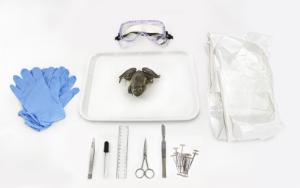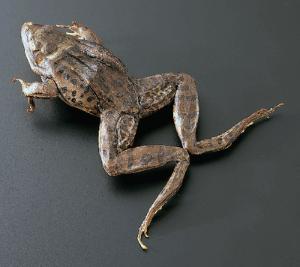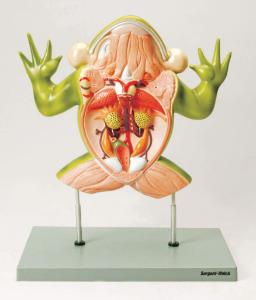Hop Into Biology: The Definitive Guide to Frog Dissection
Middle & High School
Let’s get real! Nothing beats the hands-on experience students get from participating in dissection activities. Whether you're a seasoned science teacher or just starting to dip your toes into the pond, using frog dissection offers students a legendary opportunity to see, touch, and explore the various organs. And don't worry; we're here to help you every step of the way with our Frog Visual Dissection Guide!
This artfully illustrated guide uses high-quality images and detailed frog dissection labels to help students identify organs and systems correctly, enhancing their learning and ensuring they get the most out of their dissection day. It’s toad-ally comprehensive!
Why Dissect Frogs?
Dissecting frogs isn't just a biology class tradition—it's also a fantastic way for students to gain a hands-on understanding of anatomy and physiological processes in a way textbooks alone can’t match. They’ll be fascinated to discover how frogs’ organ systems are similar to those of humans but on a much simpler scale. This makes these puddle jumpers perfect for educational purposes, allowing students to explore the inner workings of a vertebrate without being overwhelmed.
Unboxing the Experience with A Frog Dissection Kit
A great dissection starts with the right tools! Ward’s Pure Preserved™ Grassfrog Dissection Kit is your all-in-one solution, pre-assembled with everything you need—from disposable trays to specimen bags— to maximize lesson time and student engagement. Each kit includes the Frog Visual Dissection Guide we mentioned above.
Frog Dissection Video
For those who prefer a visual aid, check out our post, Bullfrog dissection: Everything you ever wanted to know in under six minutes. We share a must-see video created by our in-house biology experts; it’s truly ribbeting! This video is a perfect companion to the guide, allowing students to preview the dissection steps and know what to expect.
Leap Ahead with More Dissection Guides
Once your class has mastered the frog, why not explore the anatomy and physiology of other species? We offer a range of dissection guides covering everything from earthworms to starfish. Each guide supports your lesson plans and gives students a first-hand understanding of anatomical variability.
1. Lannoo, Michael, editor. Amphibian Declines: The Conservation Status of United States Species. 1st ed., University of California Press, 2005. JSTOR.
Recommended Products
[StartProductBlock]

Ward’s Pure Preserved Individual Dissections
Select desired specimens and pair them with the individual dissection accessory bundle to receive everything needed to perform multiple dissections. Specimens are Pure preserved.
[EndProductBlock]
[StartProductBlock]

Freeze-Dried Specimens
This specimen is chemical-free, perfectly preserved, and can be easily rehydrated for dissection. It's an economical and flexible option for your classroom needs.
[EndProductBlock]
[StartProductBlock]

Eisco® Frog Dissection Models
Study the circulatory, urinary system, and more in detail. Includes a cutaway region on the dorsal side exposing the brain, spine, and nerves.
[EndProductBlock]
